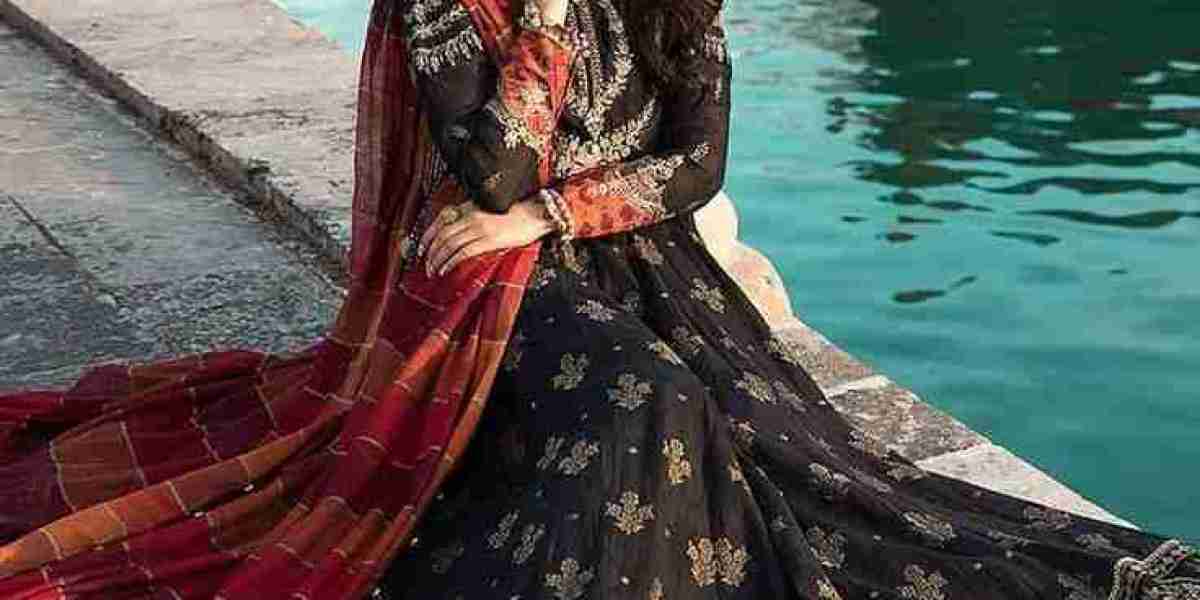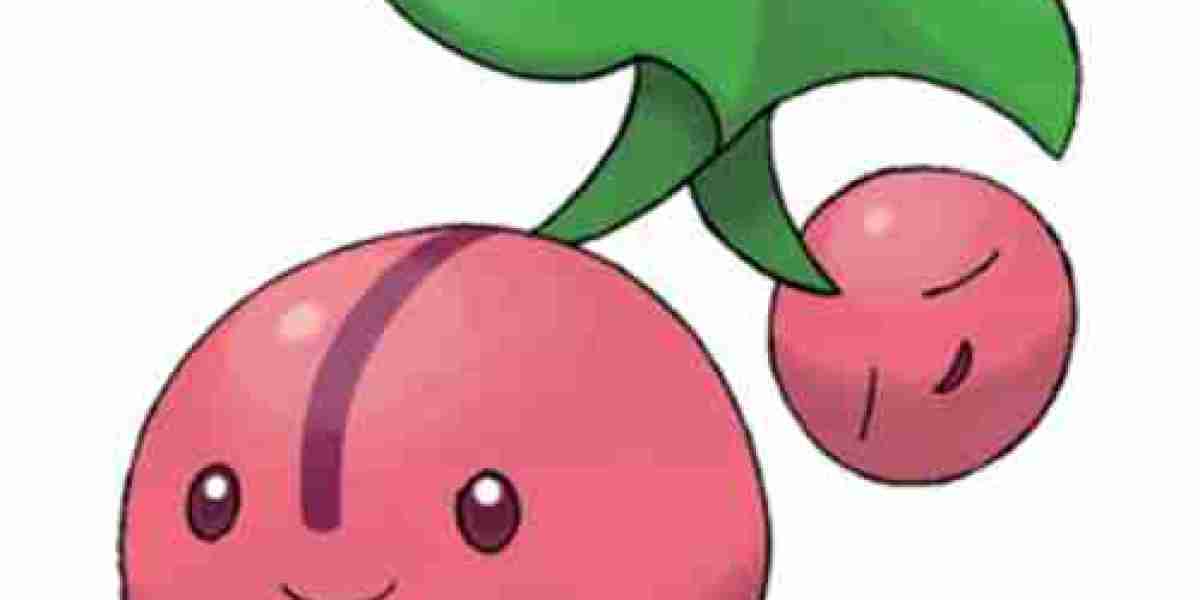Pakistan is known for its rich cultural heritage, and this vibrant legacy is reflected deeply in its traditional attire. Among the most cherished components of Pakistani fashion is the category of formal dresses, which hold a special place in wardrobes for weddings, festive gatherings, and formal events. Formal dresses Pakistani styles are renowned for their exquisite craftsmanship, intricate embroidery, and timeless elegance. Over time, these garments have evolved, blending traditional motifs with contemporary cuts, appealing to both local and global fashion sensibilities.
A Heritage of Rich Fabrics and Intricate Embroidery
The hallmark of Pakistani formal wear is the luxurious fabric used. From silks and chiffons to organza and velvet, these materials provide a regal canvas for detailed embellishments. Zari, dabka, gota, naqshi, sequins, pearls, and mirror work are commonly used techniques to elevate these dresses into pieces of art.
Each region in Pakistan contributes unique embroidery styles and patterns. For instance, Sindhi mirror work, Balochi embroidery, and Punjabi phulkari all play influential roles in shaping regional formal dress designs. These localized techniques are often incorporated into high-end formal wear collections by leading designers.
The Staple Styles in Pakistani Formal Dresses
Pakistani formal dresses are diverse, catering to varying tastes and traditions. Some of the most popular styles include:
- Long Maxis and Gowns: Inspired by Western silhouettes but enriched with traditional embellishments, these floor-length dresses are favored for weddings and red-carpet events. Often made in flowy fabrics like chiffon or georgette, they exude grace and sophistication.
- Sharara and Gharara Sets: These traditional outfits are making a comeback in formal wear. A flared bottom paired with a short kurti and dupatta, adorned with heavy embroidery, makes this ensemble perfect for festive occasions.
- Angrakha: A timeless silhouette that crosses over the bodice and ties at the side, Angrakhas are often made in luxurious fabrics and paired with churidar pajamas or flared pants. This style is both traditional and elegant.
- Lehenga Choli: Popular among brides and wedding guests, lehenga cholis feature a heavily embellished skirt, blouse, and dupatta. Designers often experiment with modern cuts and pastel hues while preserving the traditional flair.
- Pant and Kurta Sets: Modern yet deeply rooted in tradition, these outfits are ideal for semi-formal gatherings. Cigarette pants, tulip pants, or palazzos with embroidered kurtas offer a perfect balance between comfort and elegance.
Color Trends and Seasonal Influences
Pakistani formal wear is highly influenced by seasonal trends. In winter, darker shades like maroon, emerald green, navy blue, and gold are preferred, often paired with heavier fabrics like velvet. Summer months see a shift towards lighter tones—ivory, blush pink, mint green—and breathable materials like cotton net and organza.
Pakistani Designers and the Global Stage
Renowned Pakistani designers such as HSY, Elan, Sana Safinaz, Maria B, Asim Jofa, and Zainab Chottani have elevated formal dress fashion to an international level. Their collections are often showcased in fashion weeks across Paris, London, and Dubai, gaining admiration for their creativity and attention to detail.
These designers not only uphold traditional aesthetics but also cater to the modern, global Pakistani diaspora. Many brides living abroad opt for designer lawn dress from Pakistan for their weddings, which are often a fusion of Eastern and Western traditions.
Formal Dresses for Every Occasion
Pakistani formal dresses are versatile. They are not limited to weddings or grand festivities. Many women prefer wearing semi-formal versions for dinners, business functions, and religious holidays like Eid. Light embroidery, subtle embellishments, and minimalist silhouettes make them appropriate for a range of events while still maintaining cultural elegance.
The Revival of Traditional Craftsmanship
There is a noticeable revival in traditional handwork and artisan techniques in recent years. As sustainability and cultural preservation gain importance, designers and consumers alike are valuing hand-embroidered pieces over machine-made ones. This trend not only supports local artisans but also ensures each dress is a unique masterpiece.
Conclusion
Formal dresses Pakistani embody a beautiful blend of cultural richness, skilled craftsmanship, and modern style. Whether it’s a lavish bridal lehenga or a subtle embroidered kurta, each piece tells a story of tradition, beauty, and innovation. As the fashion landscape continues to grow and evolve, Pakistani formal wear remains a shining example of how clothing can be both a celebration of heritage and a reflection of personal style.




